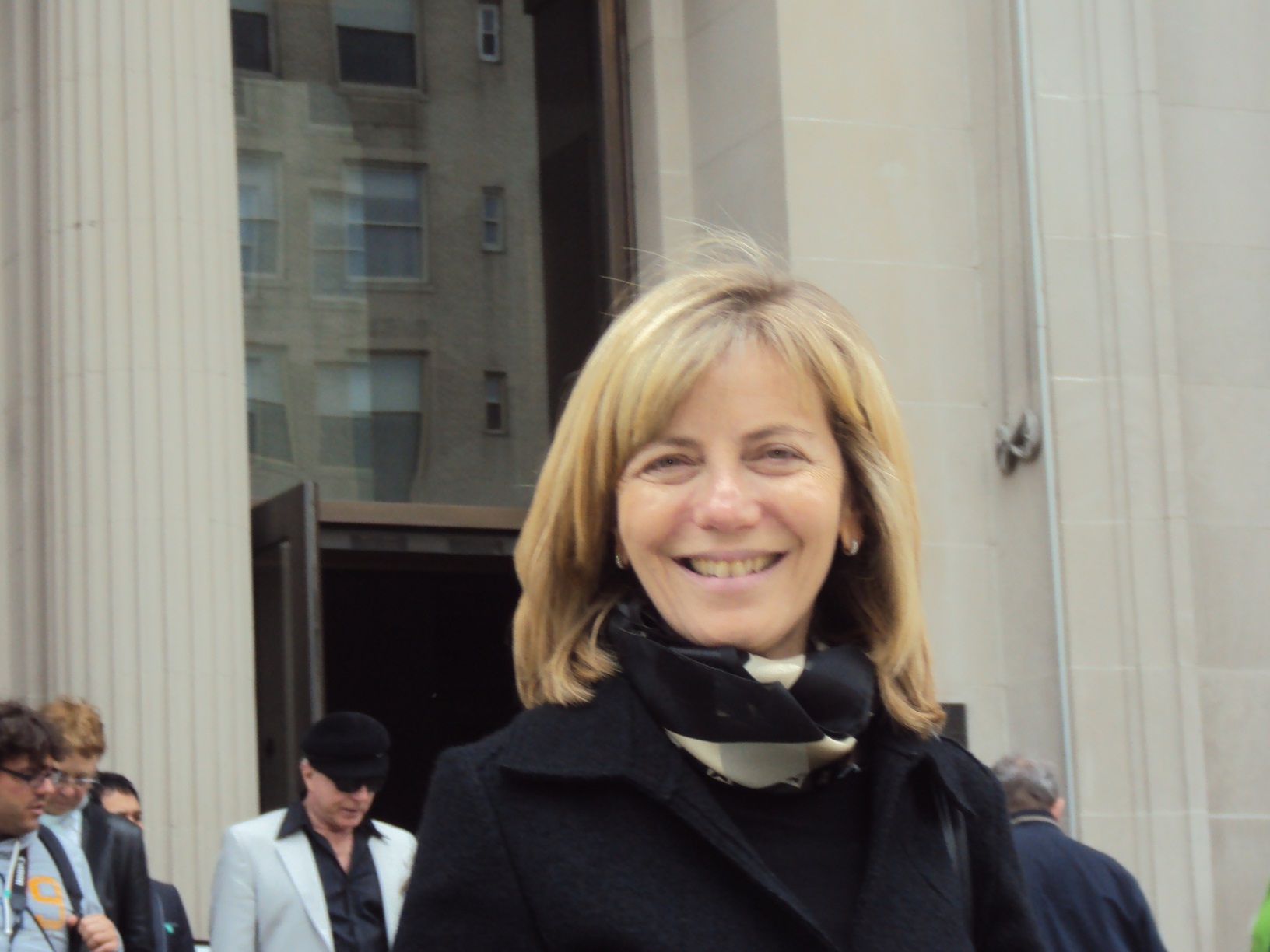
Joy On The One-To-One Learning Journey
– Débora Tebovich
“There’s a temptation (to believe) that there’s no group dynamic in teaching one-to-one and that there’s a single relationship involved in the classroom activities. This is not true…” (Wilberg 1994, p 6)
When teaching one-to-one the teacher can become a partner in a role- play, a companion, a collaborator, a guide, a friend, or an authority on language form – though not usually the one to provide the content of the classes. I support the idea that learners should provide the content for the classes as much as possible. Some learners are as avid readers as their teachers are, and they usually know which books they want to read. They can choose. Learners, regardless of their age or English level, usually know what they like, what they need and what interests them. They usually also know what they do not enjoy. The journey of exploration is an exciting one.
Teaching one-to-one is almost all about tailoring techniques to the student’s needs, interests and wants and using our students as a resource, as well as responding to their changes of mood.
One of the challenges we face is that there’s not one method that can fit all our learners. It can be challenging to find out which activities and methods work better for each particular learner. Each of them is unique yet with time and exploration, we can discover each person’s particular learning styles. Haven’t you ever found yourself adapting material to fit your own learning style? Well, I have been there, and sometimes I still am.
One-on-one teaching allows students to take more risks, to be more open in general and to enrich the classes with their personal accounts. This allows teachers to focus on solving problematic areas in the learners’ weaknesses.
For me teaching one to one is a learning experience, a moment of sharing and collaboration – like a deal where both the learner and the teacher give their best.
Key characteristics of A Student-Centered Learning Approach
Maybe you are one of those teachers who thinks that teaching one to one can be boring, however if you advocate a Student Centered Approach, have you noticed how many things teaching one to one and SCA have in common? In his article, Carl Rogers and Postmodernism: Challenges in Nursing and Health Sciences, Phillip Burnard writes that learners might not onlychoosewhat to study, but also how and why that topic might be an interesting one to study. Burnard also says that when implementing a student-centered learning environment, one must pay attention to …
▪ What the learner is curious about learning
▪ Teaching strategies to accommodate individual needs.
▪ Increased responsibility and accountability on the part of the student, increased sense of autonomy in the learner.
▪ Shifting responsibility for learning from teacher to learner
▪ Mutual respect within the learner teacher relationship,
▪ Reflective approach to the teaching and learning process on the part of both teacher and learner.
▪ Designing content as a means to building knowledge rather than a knowledge end in itself
▪ Positioning the teacher as a facilitator and contributor, rather than director and source of knowledge
In order to interact with other people in one-on-one classes, some members of my PLN visit us for a Google Hangout once in a while. As learners become more self confident, we Hangout together in groups even when at different levels. I encourage them to think that as long as they have a message to share they can get prepared for the meeting, and because we develop trust as a virtue in our classes, little by little we move forward together more confidently. Developing trust is crucial in any kind of teaching scenario. When I teach adults their main concern is privacy, and fear of making mistakes, which would make them feel awkward or silly and resulting in lower confidence. Caring for each of them is my daily commitment, and they know it.
Planning
Planning a series of lessons for the future might be another challenge. As for me, one way of getting daily motivation is to explore what’s going on around and within learners. I find myself looking forward to seeing what my learners bring to class. When it comes to language, though, it’s simply not possible to predict the emergent language they will need to communicate an idea, and so rather than plan, we un-plan and build up from what’s within and around us. This un-planning sometimes results in a walk around the neighborhood where we take some pictures on our way to the nearest park, and we sit down on a bench and talk about the images and the conversation usually takes us to unpredictable and powerful dialogs.
Learning happens everywhere.
Assessment
I don’t usually grade learners’ work. I don’t think they need a grade, however there’s lots of feedback. Besides, the more I dig deep into questions like “Why do we learn?” and therefore “Why do we teach?” the more I move into uncertainty whether learning can be really measured.
I try to put emphasis on what they have achieved. I provide clear examples of what they have managed to identify correctly, information about the use of language, vocabulary, effort, creativity, and any other relevant information. Sometimes I record videos, providing emergent language needs from their productions; and encourage them to re edit their work.
Last year, I invited some learners to create their own e-books. Because we don’t follow textbooks we use Google docs to collect notes, links, projects, ideas, reflections and I thought that putting their productions together would be exciting and motivating. And it was…
However it went far beyond that. It turned out to be a self-assessment project. Having done this activity at the end of the year somehow proved to them that learning had happened. I will hardly ever forget their pride in becoming writers of their own learning journey.
Delivery
One big challenge I face is that learners tend to cancel classes, which is undoubtedly detrimental for learning. On the other hand, when we are freelancers and teaching one to one, we don’t usually get paid for classes we do not give. I have been reflecting on finding ways to deal with this, and I am piloting the idea of “delivery lessons” as I call them. So, when learners cannot take the class they know I’ll email them the class.
Here are two examples:
Simple Past, Present Perfect & more
Final Words
Teaching one to one or teaching groups is sometimes a choice and sometimes a question of professional opportunities or needs, but what I do know is that I teach because teaching makes me happy. Please scroll down to view examples of some of the explorations my learners and I have made on our joyous learning journey.
References
Burnard, P. (1999). Carl Rogers and postmodernism: Challenges in nursing and health sciences. Nursing and Health Sciences 1, 241-247)
Wilberg, P. (1994). One to One, A Teacher´s Handbook. London: Heinle.
Some examples of our learning journey
Storytelling:
Allie visits White Planet http://www.pimpampum.net/bookr/?id=53440
Last Joke in Life http://www.pimpampum.net/bookr/?id=38099
The Case against Good and Bad-How the story can be perceived from different perspectives using adjectives http://www.pimpampum.net/bookr/?id=45183
E-books: We created them using Pages for Mac and exported them as epubs, so learners keeps their eBooks in their devices, in order to share an example I uploaded one of them into http://issuu.com, which unfortunately does not support embed videos or podcasts.
Dealing with the news: Writing about the news and reporting the news
Which job would you like to apply for?
Which job I would like to apply for
Dealing with art
Community Project: Vincent Van Gogh
Sharing stories about holidays
Reading (Glogster works better in Chrome or Firefox) Of Mice and Men
Emergent Language and Needs: http://www.youtube.com/watch?v=zVV0CHZYMJc&feature=share
Connect with Débora and other iTDi Associates, Mentors, and Faculty by joining iTDi Community. Sign Up For A Free iTDi Account to create your profile and get immediate access to our social forums and trial lessons from our English For Teachers and Teacher Development courses.


 What’s your favorite quote about being a teacher, Debbie?
What’s your favorite quote about being a teacher, Debbie?